Red, blue, yellow, or green: which LED light should you be using and why?
Battle blemishes and boost brightness using the right LED colour for your skin concerns

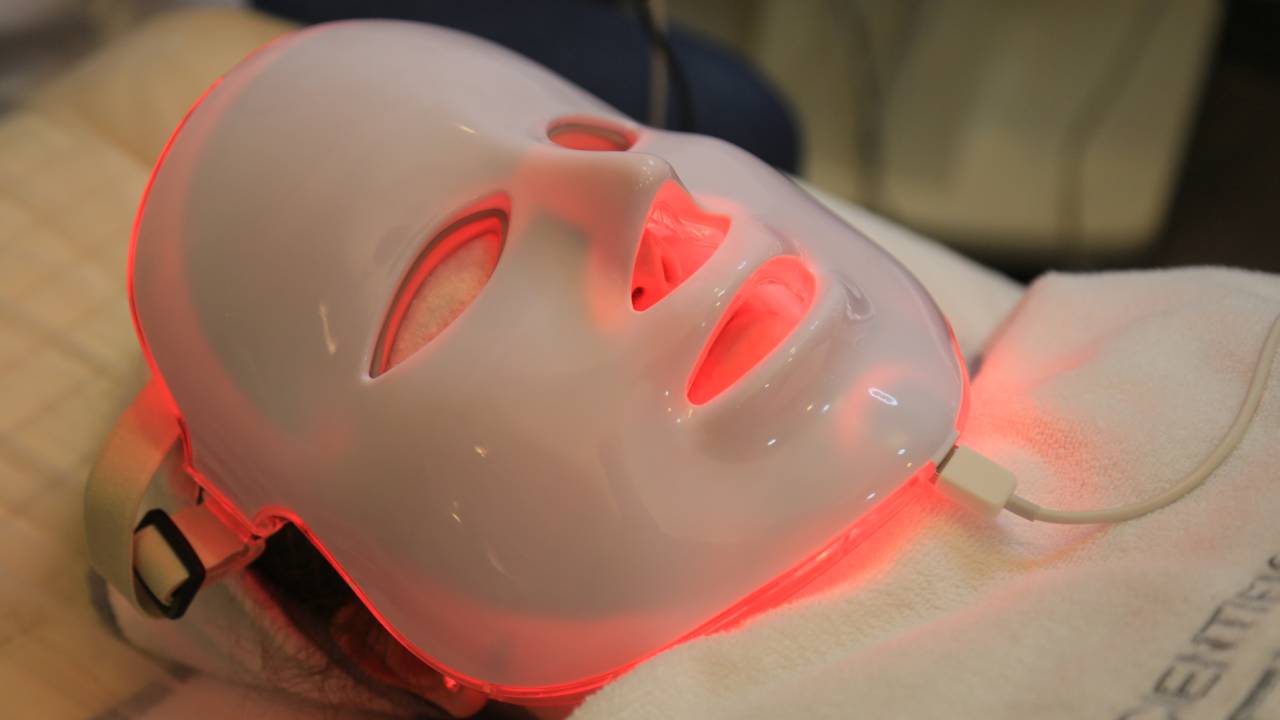
If you heard me say, ‘red light, green light’, you’d be forgiven for thinking I was talking about the infamous Squid Game challenge. But no, I’m referring to my two favourite LED colours that help to treat fine lines and hyperpigmentation respectively.
Not sure what the LED light or wavelength is best for your needs? I’m here to help. Because while selecting the best LED face mask has never been more of a minefield, choosing the right colour of LED light therapy to treat your specific skincare concern is a great place to start.
Here, I’ll shed some light on the science-backed, super-charged beauty powers of LEDs and explain how different wavelengths of light can penetrate the skin at different depths for various benefits and effects, so you don’t feel left in the dark.
WHAT IS LED THERAPY?
Once the preserve of dermatologists and skincare clinics, LED light therapy is now a popular at-home treatment that can be used anywhere on the body, including the face, decolletage and hands, to leave your skin looking and feeling rejuvenated with zero to very little downtime.
Non-invasive and considered by most experts to be safe – a 2018 study found no adverse effects after using an LED device – it is, of course, still wise to choose a device that uses medical-grade materials, is FDA-approved, and positively reviewed.
It’s also advisable to stick to the treatment plan recommended by individual LED masks and devices (most suggest a maximum usage of four times a week) and to use eye protection when provided, as constantly exposing your eyes to LED light can cause damage and irritation.
That said, when LED gadgets are used correctly and appropriately, you can expect to see impressive results, sometimes within weeks, from improved skin tone and texture to a reduction in acne and hyperpigmentation.
Get all the latest news, reviews, deals and buying guides on gorgeous tech, home and active products from the T3 experts
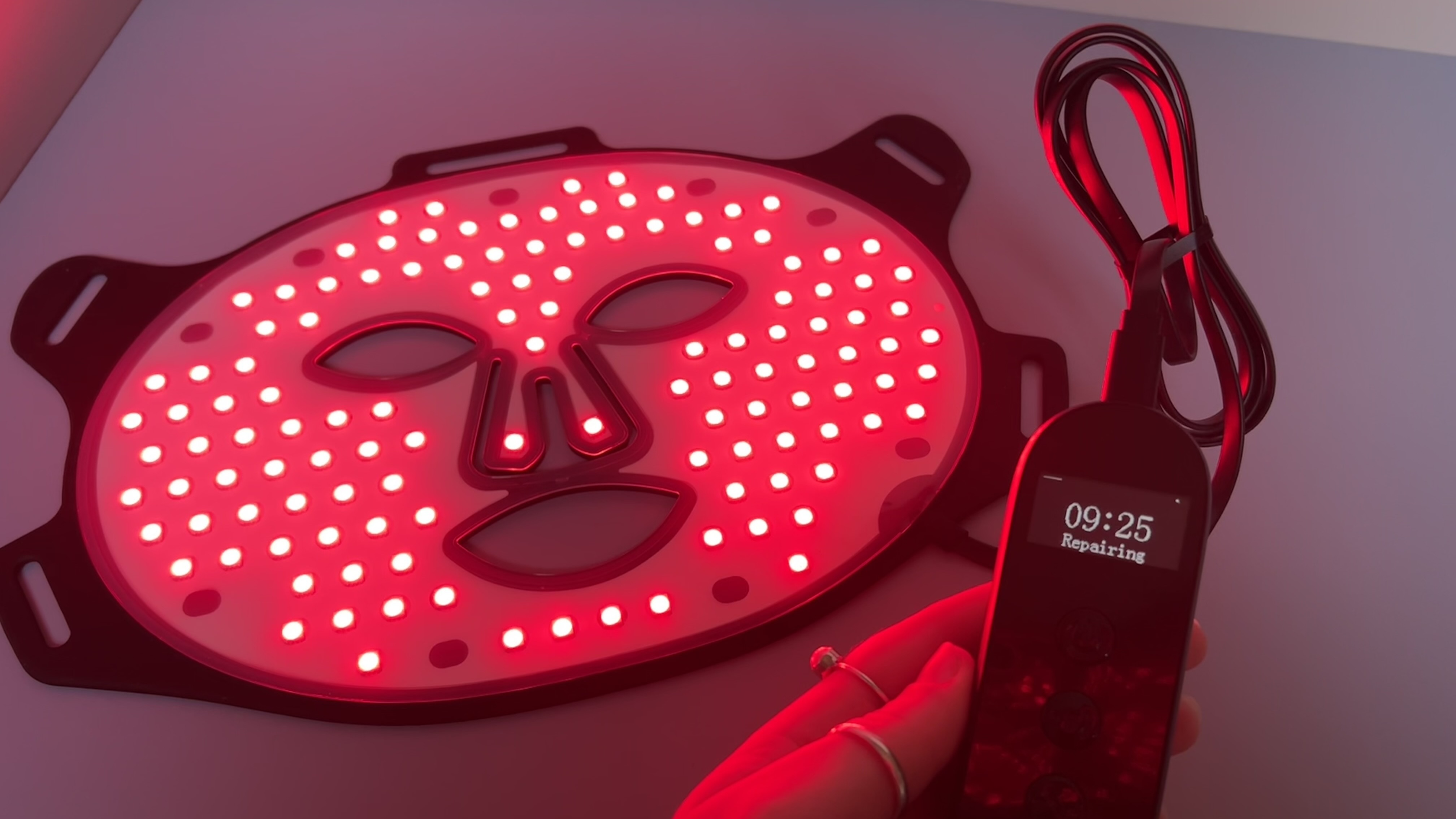
HOW DO LED WAVELENGTHS WORK?
LED face masks and other devices, such as the CurrentBody Skin LED Eye Perfector, emit light energy of varying wavelengths that penetrate different layers under the surface of the skin, thus triggering beneficial chemical reactions, such as an increase in collagen production.
This reaction is similar in the way that plants grow by using energy from the sun. However, while the sun primarily emits three categories of light – Visible light, Infrared Light, and Ultraviolet Light – LED masks do not emit skin-damaging UV light.
Instead, most masks use wavelengths between the visible spectrum of 380 to 750 nanometers (nm), which our eyes can see as different colours, while newer and more technologically advanced masks are incorporating the power of the Infrared light spectrum (750 to 1,100nm), which is invisible to the eye, to penetrate the skin at an even deeper level for accelerated healing and amplified results.
Earlier, and perhaps more basic, LED masks usually provide just one primary colour treatment mode, such as red or blue, although this might be attributed to the fact that red light claims to have anti-ageing benefits and blue light is said to improve acne, which are predominant skincare concerns for many of us.
However, some research suggests that using a combination of wavelengths at the same time, such as Red light and Infrared light, or Red and Blue light, can penetrate the skin at varying depths to simultaneously tackle several skincare concerns in one go for greater efficacy.
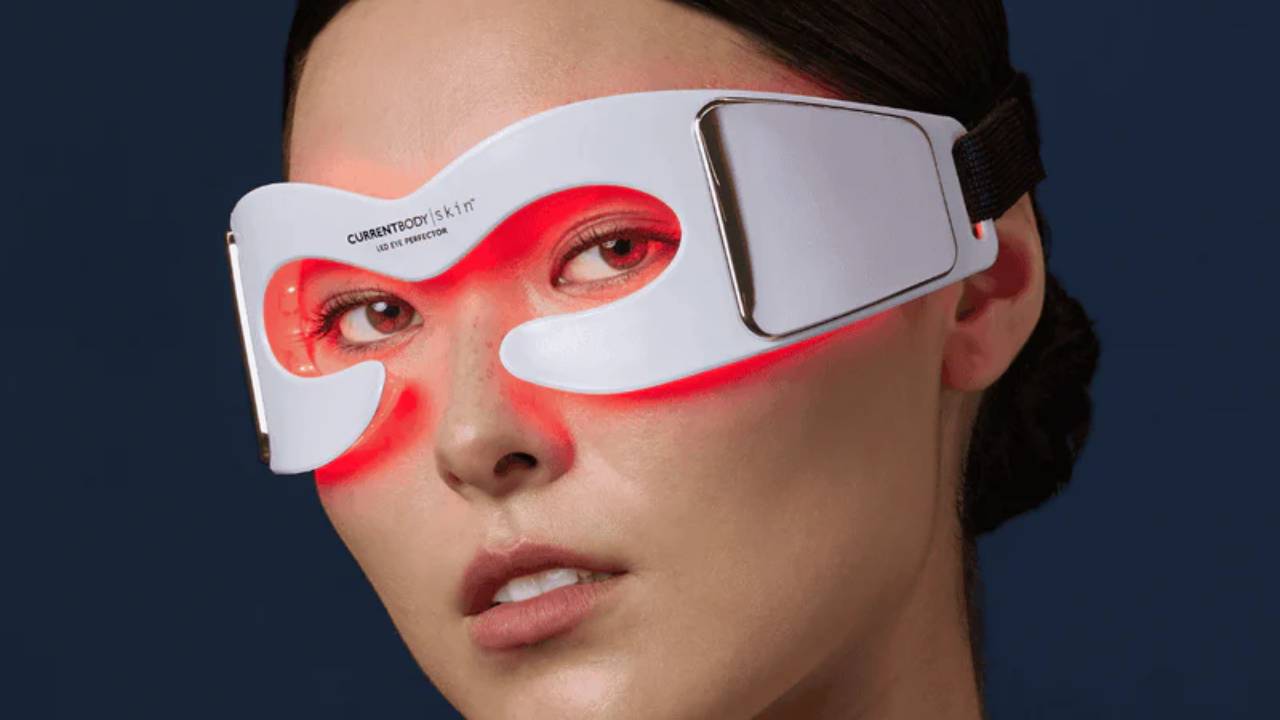
WHAT COLOUR LED IS BEST FOR MY SKIN AND WHY?
Many agree there are seven different colour LED light therapies to choose from, including red, blue, yellow, green, purple, cyan and white. That said, some say ‘white’ isn’t a colour (it’s a combination of the other colours of light), and others recommend orange/amber and violet light therapy.
Wherever you fall on the colour spectrum, it's agreed that each colour tackles a specific skincare concern. Here, I simplify the benefits of the most common LED light therapies, so you can do your research and select the right one for your needs before parting with your hard-earned cash.
Red light is best for … anti-ageing
Red light therapy emits the longest wavelengths (approximately 625 to 700nm) of any visible light, penetrating the skin at around 1 to 2mm. This might not sound like much, but it’s enough to stimulate the production of collagen and other key building blocks for healthy-looking skin, such as hyaluronic acid and elastin.
A powerful anti-ager that helps to strengthen skin, plump the complexion, increase elasticity, reduce fine lines and boost blood circulation over time, Red light therapy also helps to jump start cell function and trigger the body’s own natural healing response. This explains why Red light is known for being a wound-healing hero, as well as a stimulant for hair growth and treatment for eczema and psoriasis.
Blue light is best for … acne
Known for its powerful antibacterial and antimicrobial properties, Blue light is located at the other end of the colour spectrum and has characteristically shorter wavelengths. Penetrating the surface of the skin at 450 to 500nm, it destroys the acne-causing ‘P.acnes’ bacteria found within follicles and pores to clear active breakouts faster.
Additionally, Blue light may reduce activity in the sebaceous glands to regulate oil production while also soothing inflammation to reduce the risk of acne scarring. However, there are some concerns that Blue light may contribute to hyperpigmentation in melanin-rich skin or those with melasma, as it sits closer to UV light on the visible spectrum, so this is something to keep in mind.
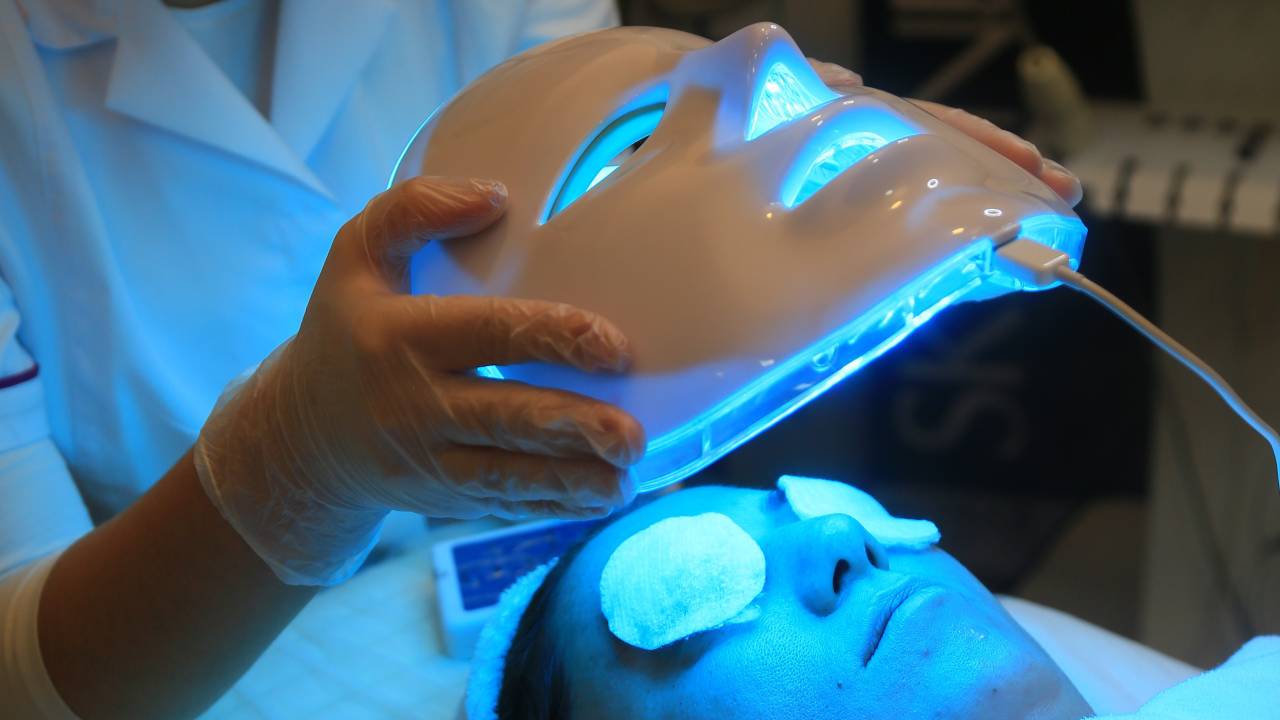
Green light is best for … hyperpigmentation
Want to even out your skin tone? Then green light therapy is for you. Operating within the wavelength range of 500 to 570nm to treat the first few layers of the epidermis, it breaks down melanin in the skin and obstructs the body’s ability to produce more, helping to reduce existing pigmentation and melasma, and fade dark spots and freckles.
Green light is also very effective at tackling superficial redness and skin irritation while promoting a brighter, more even complexion. I’ve personally found that green light treatments have vastly reduced my own pigmentation issues.
Yellow light is best for … redness
Depending on whether the colour spectrum chart you’re looking at lists yellow as its own colour (approximately 560 to 590nm) or lumps it together with orange for a wavelength range of 560 to 625, both yellow and orange LED light therapy is said to be beneficial for treating redness and rosacea.
Said to stimulate the production of red blood cells in the skin to trigger the lymphatic system and increase wound healing, yellow light is great for calming inflammation and reducing swelling and puffiness while soothing post-sun exposure and burns.
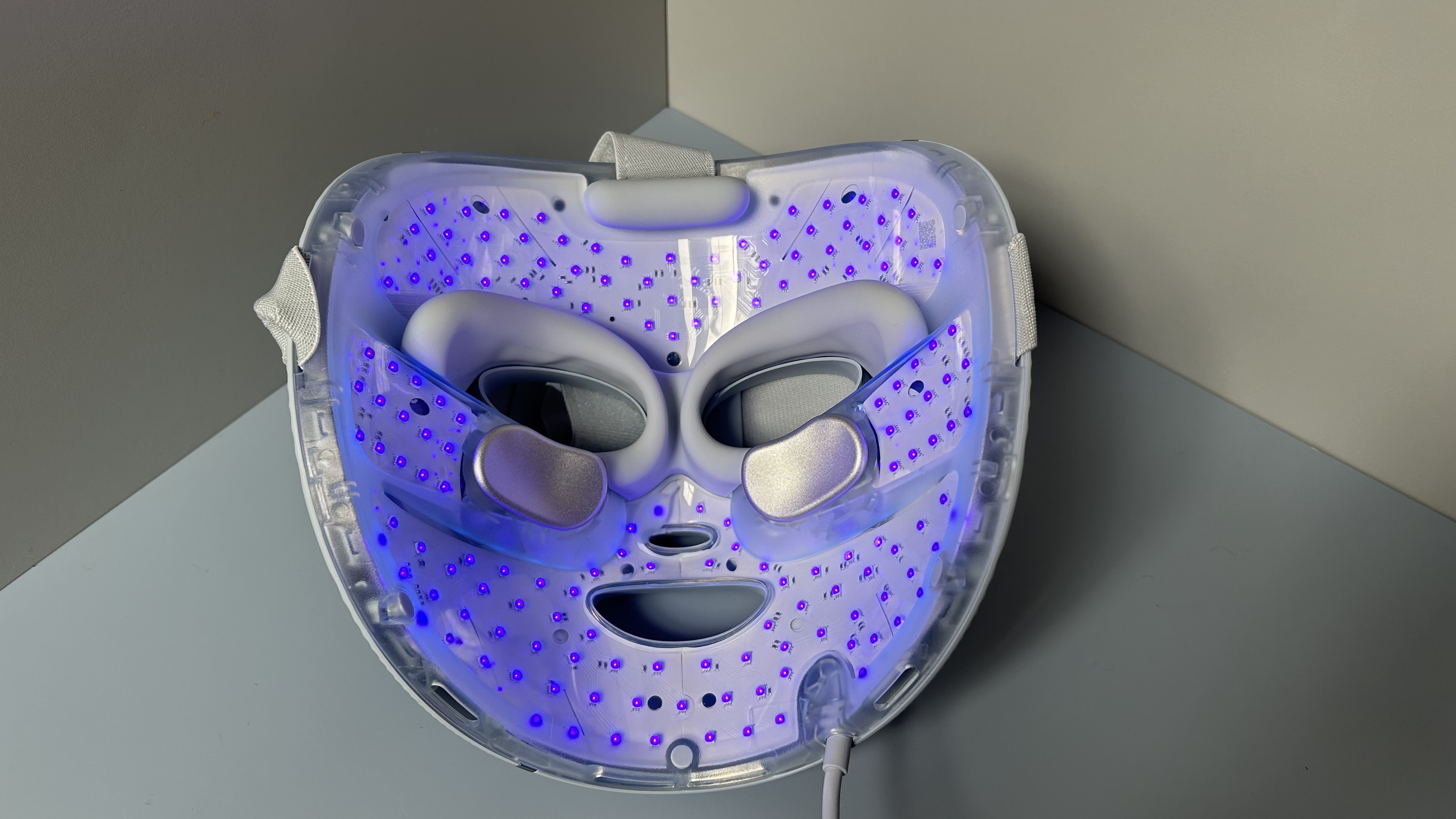
WHAT OTHER TYPES OF LED LIGHT THERAPY ARE THERE?
Several types of LED light therapy not mentioned above are created by combining colours to address several skincare concerns in one treatment. Others aren’t on the visible spectrum.
Purple: not to be confused with Violet, the spectral colour that emits the shortest wavelengths of 380 to 450nm to aid cell regeneration. Purple combines the benefits of the two most popular forms of LED light: Red and Blue. As you’d expect, this combo is excellent for treating the cause of acne and aiding the healing process in one go.
Orange: a combination of Red and Yellow light, Orange light therapy can boost collagen production, reduce inflammation, stimulate circulation and give your skin a healthy glow.
Cyan: blending both Blue and Green light, Cyan is known to soothe and heal the skin, treat acne, reduce redness and rosacea, and tackle inflammation while preventing infection.
White: this blends other colours of light so you can enjoy the benefits of multiple wavelengths. White light treats a range of skin conditions, meaning it is often considered to be one of the most effective forms of LED light therapy, whether you’re looking to treat a specific issue or improve your skin’s overall appearance.
Infrared: this form light therapy is becoming an increasingly popular addition to newer LED masks on the market, thanks to its deeply healing benefits. Penetrating the skin at 750 to 1,100nm, it’s invisible to the eye, but triggers collagen synthesis, increases cellular function, and boosts blood circulation. Often used in combination with Red light to increase the anti-ageing benefits, the one downside of Infrared light - which is responsible for the heat in infrared saunas and PEMF mats – is it can cause your face to become a little sweaty.
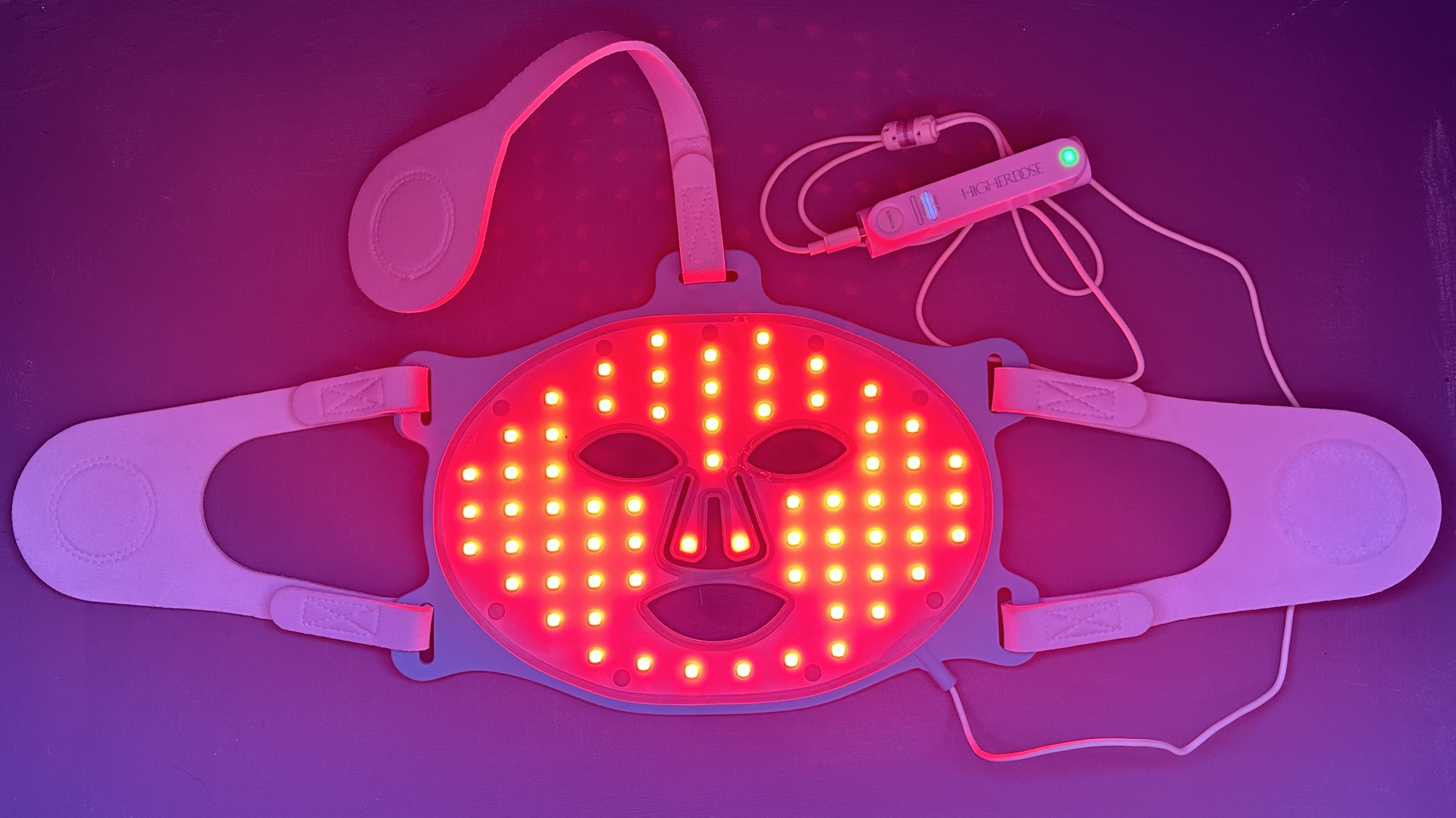
WHICH LED FACE MASK SHOULD I BUY?
As you’ve probably worked out by now, the best LED face mask is the one that works for your skin type and treats your specific skin concerns. If you’re blemish-free and looking to reverse the signs of ageing, a red light LED Mask – such as the Bon Charge Red Light Face Mask or the HigherDose Red Light Face Mask - will serve you very well.
Looking to banish blemishes? Then look for a mask that emits blue light, or combines red and blue together, such as the LUSTRE ClearSkin Renew Pro Facewear or the Omnilux Clear.
And if you want to try all the colours, check out the Project E Beauty LumaLux Face Pro LED Light Therapy Mask, which offers a whopping nine treatment modes, including Deep Infrared.
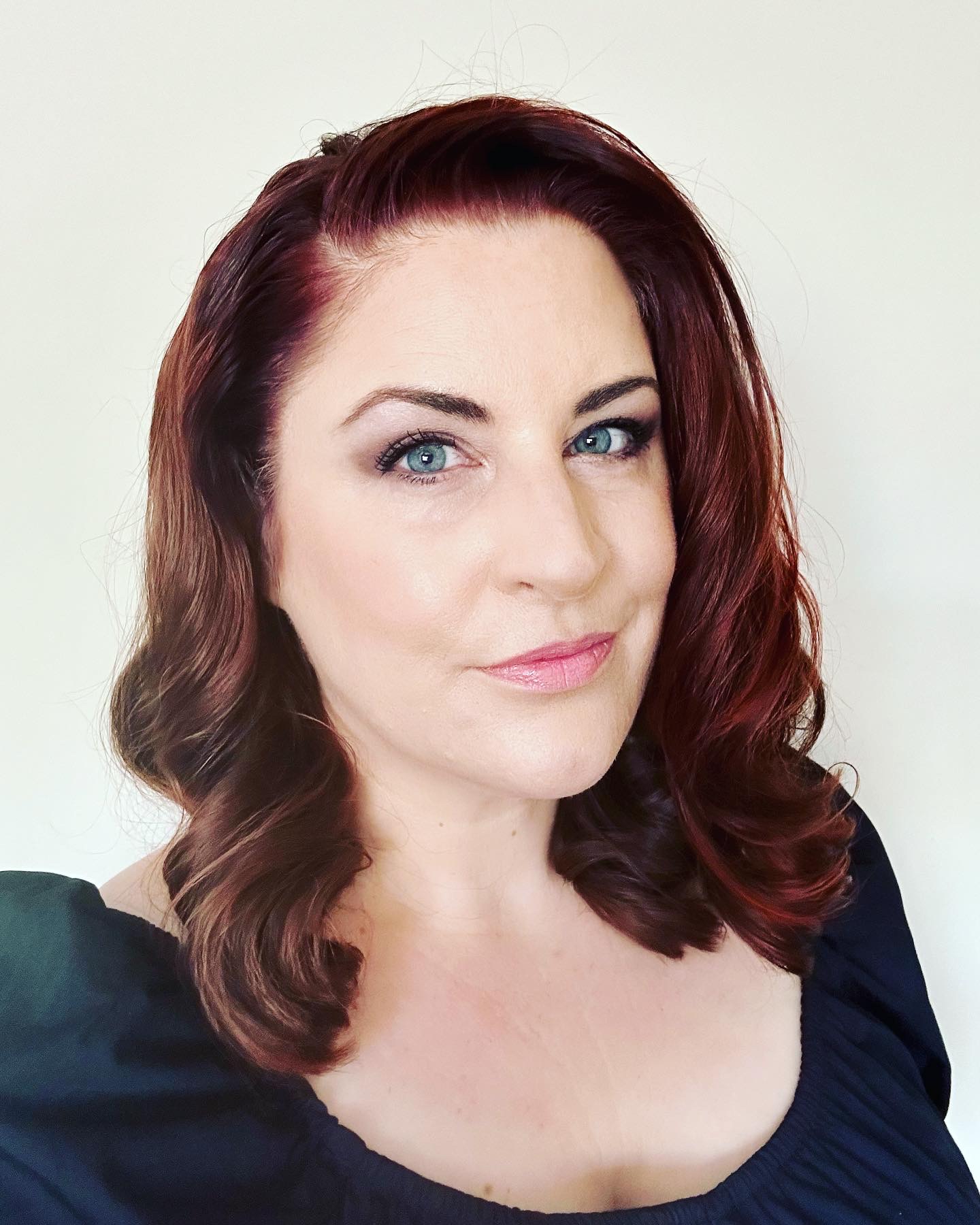
Jo is a London-based freelance journalist and content creator specialising in fitness, health, lifestyle and beauty. With a degree in Journalism, Film & Broadcasting from Cardiff University and almost 20 years’ experience in the industry, she interviews celebrities and Olympians for a living, while testing out the latest beauty, hair, wellness and fitness gadgets. As a Level 3 Personal Trainer and author of several fitness guides, she gets to try the coolest workouts while reviewing active travel destinations and writing investigative features about the wonderful world of wellbeing for many of the UK’s top magazines, newspapers and digital publications. When she’s not sitting at her laptop, Jo likes exploring new walking spots with her beagle, gardening, and DIY. She is also one of the few people on the planet still obsessed with what’s coming up in Phase 5 of the Marvel Cinematic Universe.
You must confirm your public display name before commenting
Please logout and then login again, you will then be prompted to enter your display name.